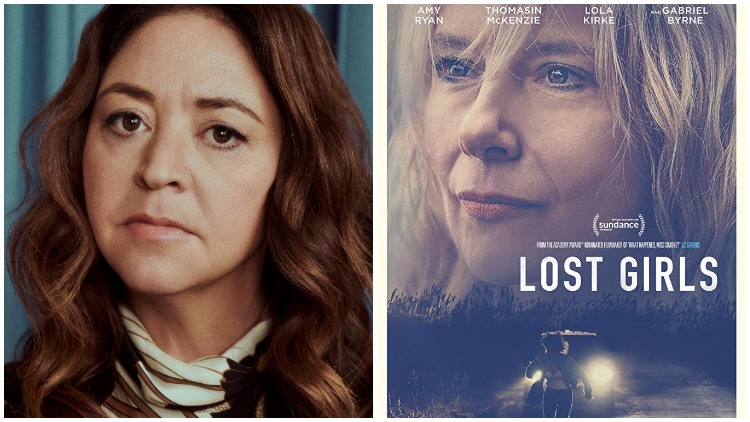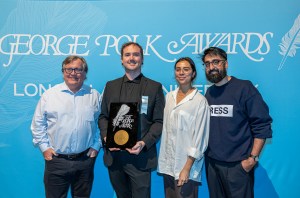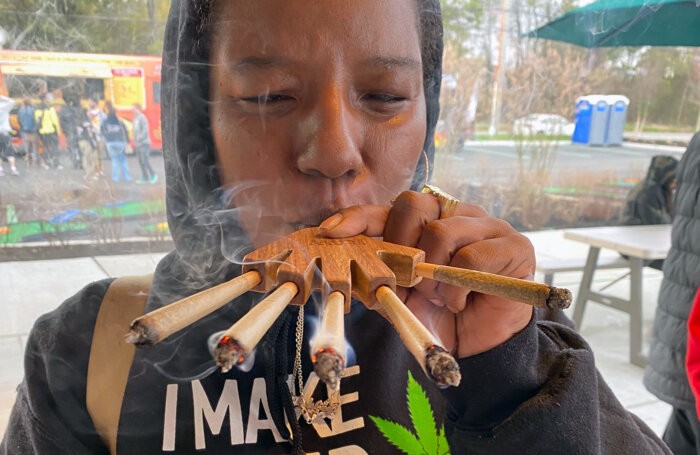Director Liz Garbus doesn’t fear giving close-ups to tough topics, having traveled the globe making documentaries about everything from AIDS to terrorism. More recently, she has focused her lens on Long Island.
The Brooklyn-based, two-time Oscar-nominated documentarian is making her feature narrative debut with Lost Girls, a film based on author Robert Kolker’s true crime book of the same name about the unsolved Gilgo Beach murders in which 10 sets of human remains were found along Ocean Parkway a decade ago. It tells the story of how Mari Gilbert, mother of Shannan Gilbert — who police were looking for when they discovered the dumping ground — struggled to get police to take her case seriously. The film starring Amy Ryan as Mari will debut March 13 on Netflix, but it’s already making waves.
“I hope just like the Golden State Killer was recently found, that renewed public interest can help push this case forward and there will be justice for these grieving families,” says Garbus, referring to how author Michelle McNamara’s book I’ll Be Gone in the Dark is credited with helping lead to a 2018 arrest in that California case that was unsolved for four decades.
Garbus may already be on her way. The same day in January that Netflix released its trailer for Lost Girls, Suffolk County police held a news conference revealing the first new evidence in the case in nine years: a photo of the initials “WH” (or HW”) embossed on a belt they found at one of the dump sites. Although police wouldn’t say why they decided to make the announcement then, Garbus suggests the timing appears too coincidental to be a coincidence.
Will Lost Girls ultimately find answers to Suffolk’s largest-ever unsolved homicide case?
Time will tell.
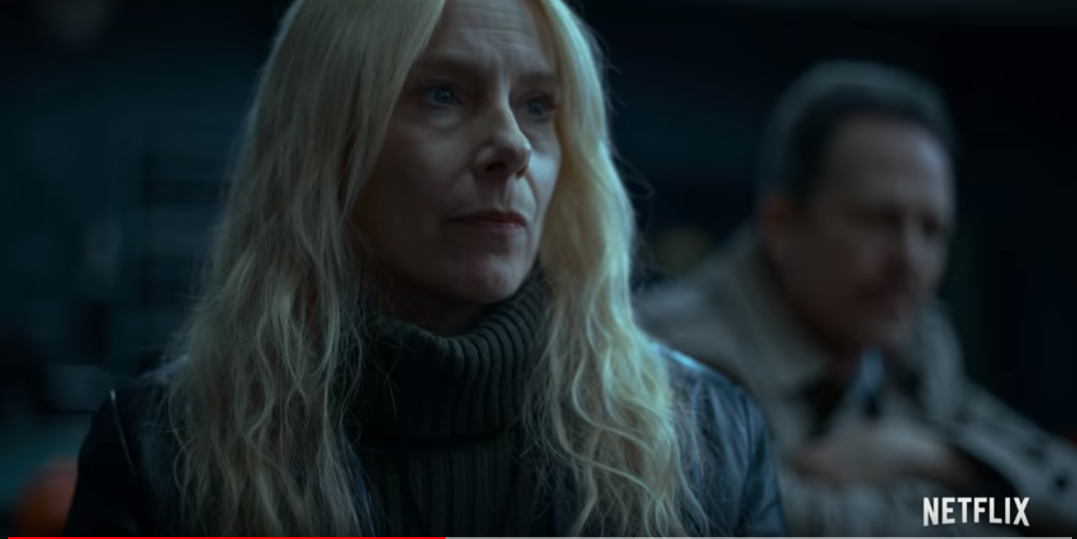
Lost Girls isn’t your first film with Long Island ties. So was There’s Something Wrong With Aunt Diane about the Diane Schuler case, Gloria Vanderbilt biopic Nothing Left Unsaid, and the episode of HBO’s Addiction series you directed about Brookhaven National Lab’s brain imaging. Why does LI keep showing up in your work? I’m a New York City-based filmmaker. Long Island is my backyard as well. A lot’s happened there. I’ve worked on 50 or 60 films throughout my lifetime, so it’s not that I’m obsessed with one place, but there are some stories that need telling on Long Island.
You grew up in New York City. Do you have ties to LI? I have close family members who have lived on Long Island all my life. My uncle and cousins all lived in Huntington.
How did you come to make Lost Girls? It happened the way projects can happen, which is my agent sent me a script, I read it and said, ‘I want to work on this film.’ And that is where it all started.
The book was published a year before the focus of the film, Mari Gilbert, was murdered by another daughter, Sarra. Did you have a chance to meet her while she was still alive? Yes. I did meet Mari and her lawyer, John Ray, before she died. So I’m very grateful that I had the opportunity to do that.
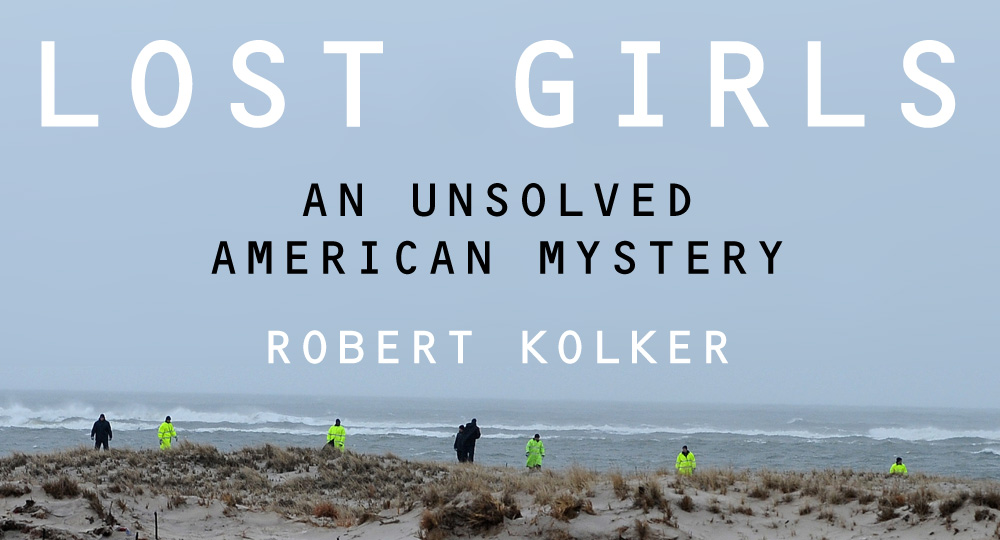
How did that influence the film? Mari was very supportive of the film. She would talk a lot about herself and her struggles and it gave me a lot of insight into the character, which influenced how we worked on the script and how I worked with Amy Ryan on the portrayal. So it was a really important meeting.
Your work has primarily been documentaries. Why did you decide to make Lost Girls your first narrative feature? It was a story that I just felt was incredibly important and timely. I love telling stories. This was a story that had been covered in documentary form. But there was a kind of story of Mari and a mother-daughter story that hadn’t been told and this was the way to tell it. I just became very passionate about making this film and it was one of those passion projects that I wouldn’t let go.
Suffolk police recently held a news conference revealing new evidence, new DNA techniques being used to help ID five unidentified victims in the case, and launch a new website, gilgonews.com, to generate tips, but police wouldn’t say why they decided to do this now. Do you think they were trying to get ahead of the film’s release? I can’t say this with 100 percent assurity, but I do think that they knew the trailer was coming that day. And they called the press conference the night before. I’m sure they knew there would start to be attention on the case and it’s only natural that they would want to say that they are still working on it.
Do you have any theories on the photo of the belt police released? I don’t have any theories. I’m not a detective. Hopefully it leads somewhere. But it’s distressing if that’s all that we’re working with at this point in time.
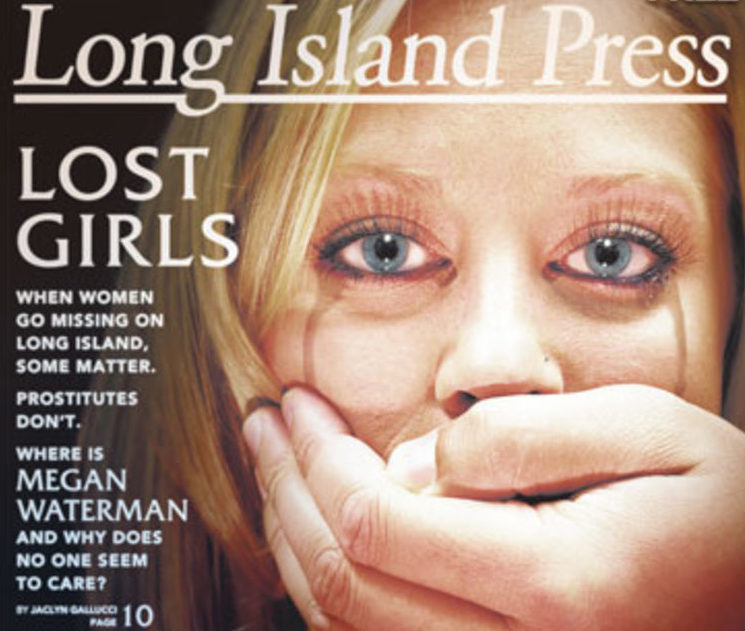
Police are portrayed in the movie as not properly pursuing the case because the victims were sex workers, but Suffolk police maintain that victims’ line of work doesn’t dictate how thoroughly they investigate. Do you believe them? You look at the semantics and the way that the case was discussed and the treatment that family members prior to Shannan Gilbert in other jurisdictions — it’s not just Suffolk County — had while they were trying to get some answers about their loved ones. It was not JonBenét Ramsey. It was really a disregard and a lack of urgency. Now they’re adults, it’s not a child like JonBenét, and of course adults can go off on their own and they’re allowed to not report back, but these were sisters and mothers who were clearly missing and they were right there along Ocean Parkway and it took way too long to make those connections.
The cause of Shannan Gilbert’s death is officially considered “inconclusive” by the medical examiner. Police have said she may have accidentally drowned in the marsh, but her family believes she was murdered. What do you think happened? I think that Shannan was on Craigslist like the rest of the young women, and she was the same type as the rest of the young women in terms of build and characteristics, that perhaps this perpetrator was looking for and interested in, and her body was found not far from the other victims. Shannan was really scared that night. We know because Mari and her family got to listen to the 911 call and we have reports of civilians at Oak Beach that saw her terrified. So to say that she just happened to run into a marsh and drown seems a very implausible theory when you have so much data that young women who did advertise on Craigslist were murdered in that area. Something could have gone wrong. The pattern is certainly a little different. But to assume that it’s not connected seems to not add up with common sense.
As far as the larger case, some believe it’s one perpetrator, others suspect it’s multiple killers using the same dumping ground. Have you come away with any insights after making this film? I don’t know if it’s one or multiple killers. The film was told through Mari’s point of view. We know that Mari had her ideas and we portray those in the film, but of course there’s a wide range of theories.
You’ve been on record stating that you hope the film helps generate tips that crack the case. How do you think that this case may finally get closure? You look at the recent Golden State Killer case, which had been unsolved for far longer, and there was renewed press interest. Michelle McNamara wrote a book called I’ll Be Gone in the Dark, which renewed press interest. It was a very different case. There were many detectives who were extremely passionate and said, ‘if there’s one thing I want to do before I die, it’s solve this case.’ It was very much on people’s minds. But because of press interest and because of the passion of some of those detectives who would not let it go, they made a DNA match. But it was hard, it was a needle in a haystack, and it was people caring and working, and retired police officers who continued to speak with one another. If we had that kind of passion here, couldn’t we make a difference as well? It seems that it should be within reach.



